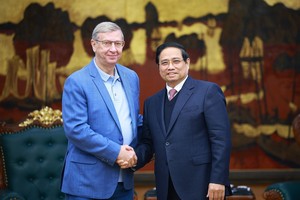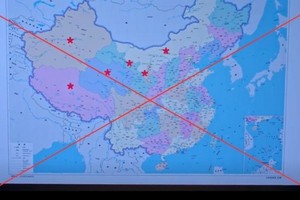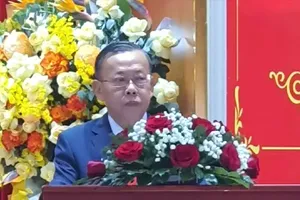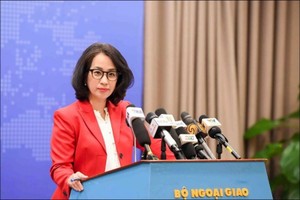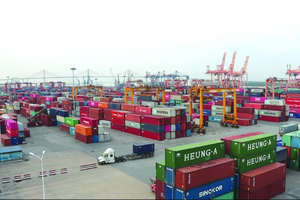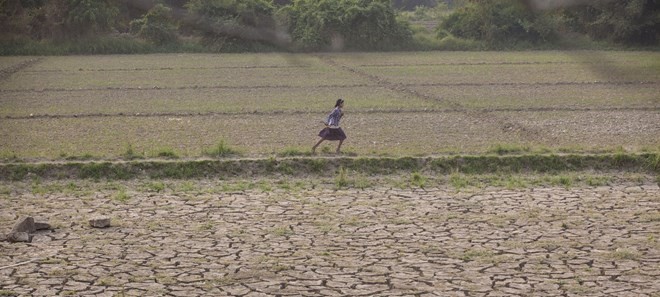
At the signing ceremony in the country’s Nay Pyi Taw capital on February 19, Kundhavi Kadiresan, FAO Assistant Director-General and Regional Representative for Asia and the Pacific, said the agriculture sector has a major role to play in addressing food insecurity and malnutrition through agricultural diversification and rural income generation.
This Country Programming Framework intends to help Myanmar achieve three primary goals, namely enhancing food security, nutrition and food safety; strengthening governance and sustainable management of land, forests, water resources and ecosystems; and enhancing resilience of local communities and farming households to natural and humanitarian disasters, climate change and transboundary and emerging infectious disease risks.
Despite having reached a state of self-sufficiency in staple foods, food insecurity, particularly seasonal food insecurity, remains a concern across the country, which risks being worsened due to climate and weather-related shocks and social instability.
Myanmar has experienced a rapid decline in malnutrition figures in just a few decades. The prevalence of stunting among children below the age of five was reduced from 40 percent in the 1990’s to less than 30 percent in 2016, but the improvements have slowed.
Kadiresan said with nearly one child in three stunted, much work remains to be done for Myanmar to achieve the Sustainable Development Goal of Zero Hunger by 2030

